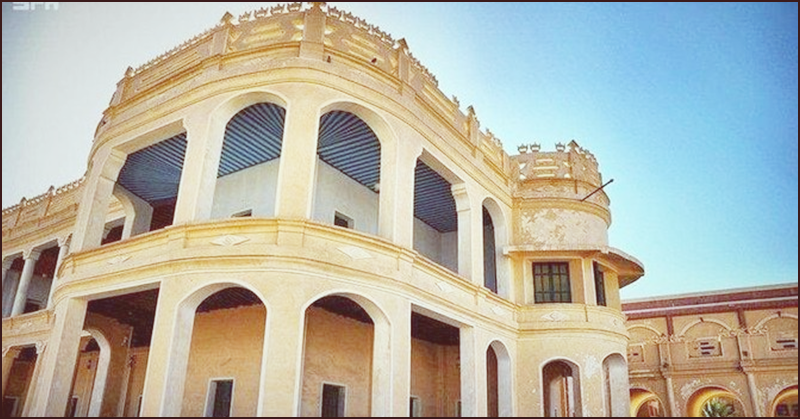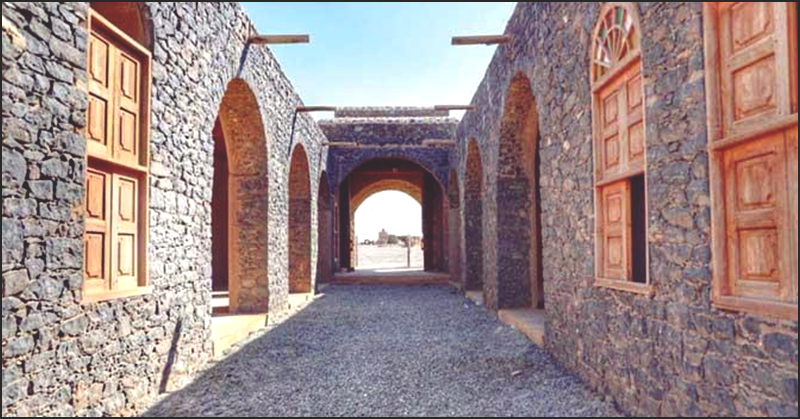The Kingdom of Saudi Arabia, as ancient and enchanting as it may sound, has been known for many things – most of which have something to do with the Kingdom’s unique culture and traditions. Other than being the holy destination for hajj, an obligation among Muslims at least once in their lifetime, the Kingdom is also known for its beautiful architecture as seen in their masjids (mosques) and ancient palaces, where the people of the Kingdom’s high society used to dwell.
Most of what remained of these buildings though have either been converted into museums or preserved as places for national heritage. In this post, we will take a look at one of the Kingdom’s preserved heritage sites, the King Abdul Aziz Palace in the province of Makkah.

King Abdul Aziz Palace: A Feat of Great Design & Rich History
Perhaps one of the oldest and most significant locations in terms of history and architectural value throughout the Kingdom of Saudi Arabia is the King Abdul Aziz Palace in Al-Muwayh in Makkah province, which was built in as early as 1357 — a structure of stone in an ancient Islamic architectural style amid the ruins of mud houses.
The palace had been the residence of the founder of Saudi Arabia, King Abdul Aziz. According to historical records, King Abdul Aziz used to rest in it during his trips between Riyadh and Makkah on his way to Hajj, Umrah or summer vacation.
Furthermore, according to the King Abdul Aziz Foundation for Research and Archives (Darah), the palace occupied an area of 14,850 square meters and played a significant role in turning the arid desert into a modern city with decent living standards that it is today.
Al-Muwayh, a name derived from the Arabic word “Ma’a” which means water, is 180 kilometres east of Taif. As per records, King Abdul Aziz rested in this village several times during his quest to unite the Kingdom of Saudi Arabia.
Whenever King Abdul Aziz arrived in Al-Muwayh, he was received by its governor, judge and the governorate’s officials. In addition to meeting them and urging them to look into the citizens’ issues, the king would also meet the locals, discuss their concerns, and explore their needs, most of which had been hosted in the palace.
Darha pointed out that the palace was designed in different forms to serve as a stronghold and defensive fort in the area, requiring a structure with outstanding architectural specifications, surrounded on all sides by walls built of black stone 4.5 meters high and 90 centimetres thick. The complex houses the royal palace, which is a rectangular building located on the western side of the citadel. The palace has two entrances, the first of which is the main entrance from the south. It contains several building blocks with 19 benches to the left after entering through the main north gate, the official “Al-Mokhtasar” assembly hall, a dining room, a bedroom and a toilet.
The complex also has a guest palace, which is a rectangular building adjacent to the royal palace to the east and is composed of a range of rooms overlooking the open courtyard with a 3.4-meter-wide main entrance from the north.
Additionally, the palace has several towers; two coffee-making rooms; toilets; lodgings for guests, guards, and servants; a gas station outside the southern side of the citadel; lodging for the gas station’s workers; and the residential palace, which is a rectangular building located at the centre of the citadel on the southern side.

The residential palace has six rooms, four of which are bedrooms and one is a living room, in addition to a kitchen, a storage room, and a toilet. The palace also has lodging for workers, while the towers and attached buildings accommodate the palace’s staff and their families. In some cases, these were used to accommodate non-official guests. Sheep sheds and warehouses for feed and firewood are located in the eastern part of the residential palace’s courtyard.
During the recent Eid celebrations, a great number of visitors trooped to the palace, where many enjoyed guided tours of the 80-year-old palace, which is currently being restored to preserve its ancient Islamic architectural style.
ALSO READ: Saudi Arabia to Offer ‘Green Card’ Residency to Qualified Expats
